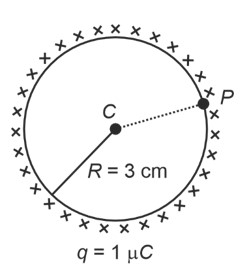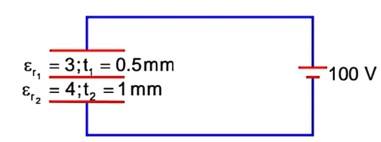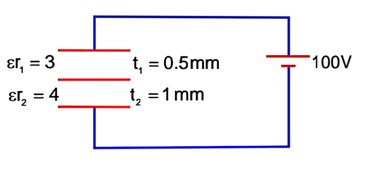Physics Electrostatic Potential and Capacitance
Get insights from 127 questions on Physics Electrostatic Potential and Capacitance, answered by students, alumni, and experts. You may also ask and answer any question you like about Physics Electrostatic Potential and Capacitance
Follow Ask QuestionQuestions
Discussions
Active Users
Followers
New answer posted
a month agoContributor-Level 10
According question, we can write
where x =
Since x cannot be real, so this Question has been dropped by NTA
New answer posted
a month agoContributor-Level 10
Given Constant
(i)
Hence, final capacitance greater than initial capacitance,
(ii)
Hence final energy is greater than initial energy
(iii) and
(iv) Product of charge and voltage
New answer posted
a month agoContributor-Level 10
(A) If is the velocity of light
so, (Energy of photon)
(B) Velocity of photon is equal to velocity of light i.e. c.
(C)
(D) In photon-electron collision both total energy and total momentum are conserved.
New answer posted
a month agoContributor-Level 10
The potential
at any point, at distance
from centre of dipole
At axial point where
At axial point where
Taking an Exam? Selecting a College?
Get authentic answers from experts, students and alumni that you won't find anywhere else
Sign Up on ShikshaOn Shiksha, get access to
- 65k Colleges
- 1.2k Exams
- 688k Reviews
- 1800k Answers



